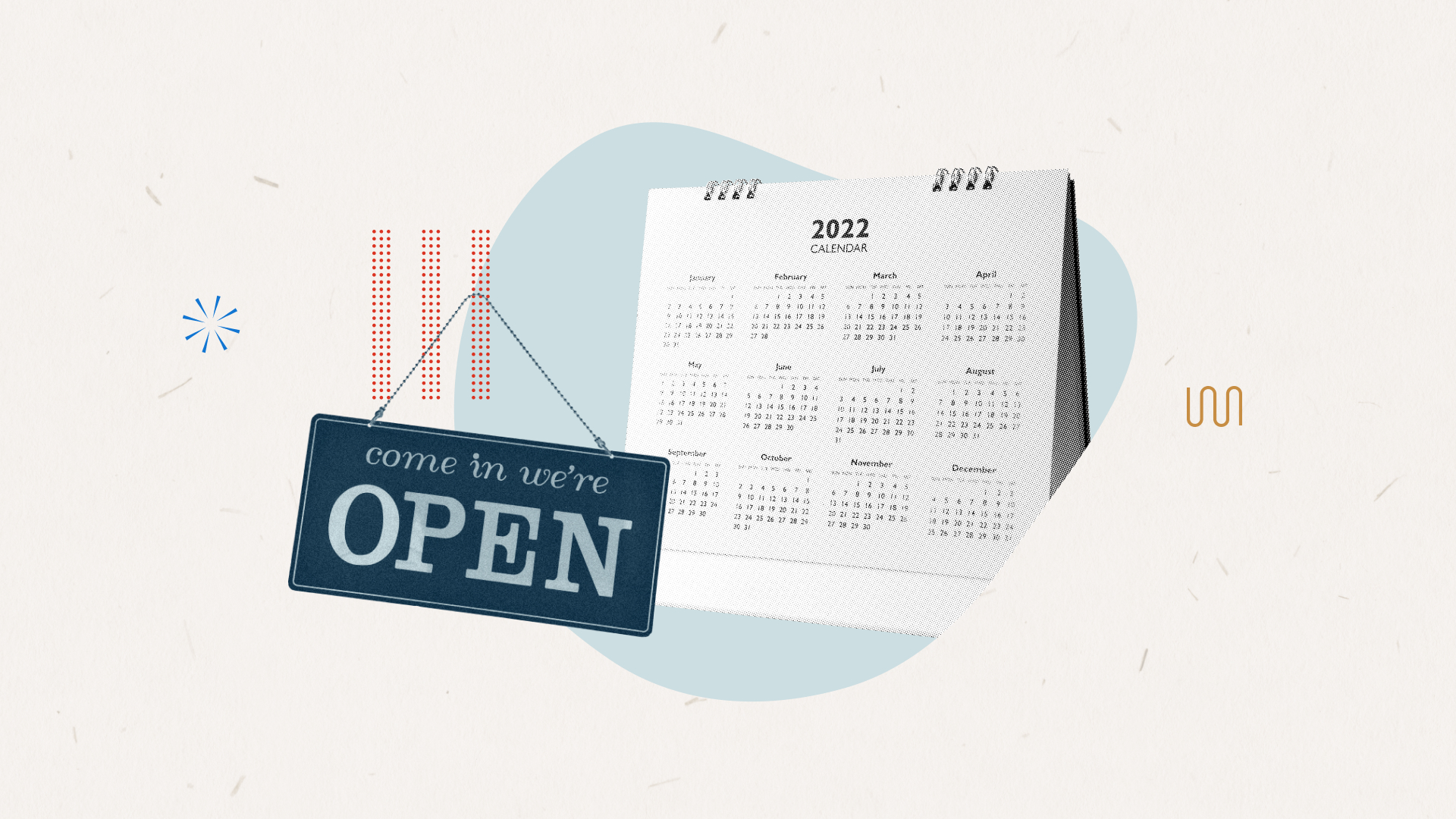
By understanding the shifts that have happened in recent years, financial services institutions can redesign their processes and products to meet today’s preferences for how people bank. Let’s look at the top five trends we saw from the financial services industry in 2022.
1. More banks using video tellers
According to The Financial Brand, more banks added interactive teller machines with two-way video in 2022, with a 36% adoption rate. However, the study also found that banks turning to this model reported higher operating costs and decreased client satisfaction. Customers still want personal interaction, meeting with a person face-to-face, especially for complex transactions. The Financial Brand concluded that video tellers are best used in situations where there is not the option for a human teller, such as in remote locations.
2. Sustainable funding increased
In 2022, banks increased the issuance of sustainable funding as ESG continued to remain a top focus. ING reported that the supply of sustainable bank bonds, green loans and other green assets grew over the year. As many customers want to do business with institutions that use sustainable business practices, banks can increase customer loyalty by continuing to look for new opportunities for green finance options. Banks can also improve their sustainability by looking for ways to reduce their environmental impact, such as digitalizing paper documents and processes.
3. Customers finding banks online
Many banks now start their relationships with new customers online. A Salesforce study found that 78% of banking customers initiate relationships on a website or an app, which shows that while the shift toward digital banking started years ago, it’s now becoming the standard. Banks need to focus on customer acquisition when designing their website and app to help first-time visitors become lifelong customers.
4. Customers expecting personalization
In 2022, personalization moved from optional to a must-do. The Financial Brand reported that 80% of consumers are more likely to purchase from a company that provides a personalized experience. However, customers expect much more than a bank teller knowing who they are or an email including their name in the salutation. Customers now expect personalization at every interaction, from chatbots to website content. By using artificial intelligence (AI), banks can gather real-time data and customize experiences. For instance, a customer who recently had a child may see information about a 529 plan when they log in, while a customer reaching retirement age may log in and see information about retirement planning.
5. Data breach costs increasing for financial services
The IBM Cost of a Data Breach Report 2022 found that the financial services industry had the second-highest average cost of a data breach, behind healthcare; rising to $5.97 million from $5.72 million in 2021. Organizations in the financial services industry can reduce such costs by moving to a zero trust framework. The IBM report found that across industries, organizations not using a zero trust approach experienced on average of $5.40 million in breach costs — more than $1 million higher than the global average.
Summing Up The Year in Financial Services Trends
The customer/bank relationship is increasingly happening online. However, customers still crave the personal touch, as shown by the reaction to video tellers. By creating hybrid experiences, banks can offer options for customers so they can bank the way that works best for their needs and preferences.




